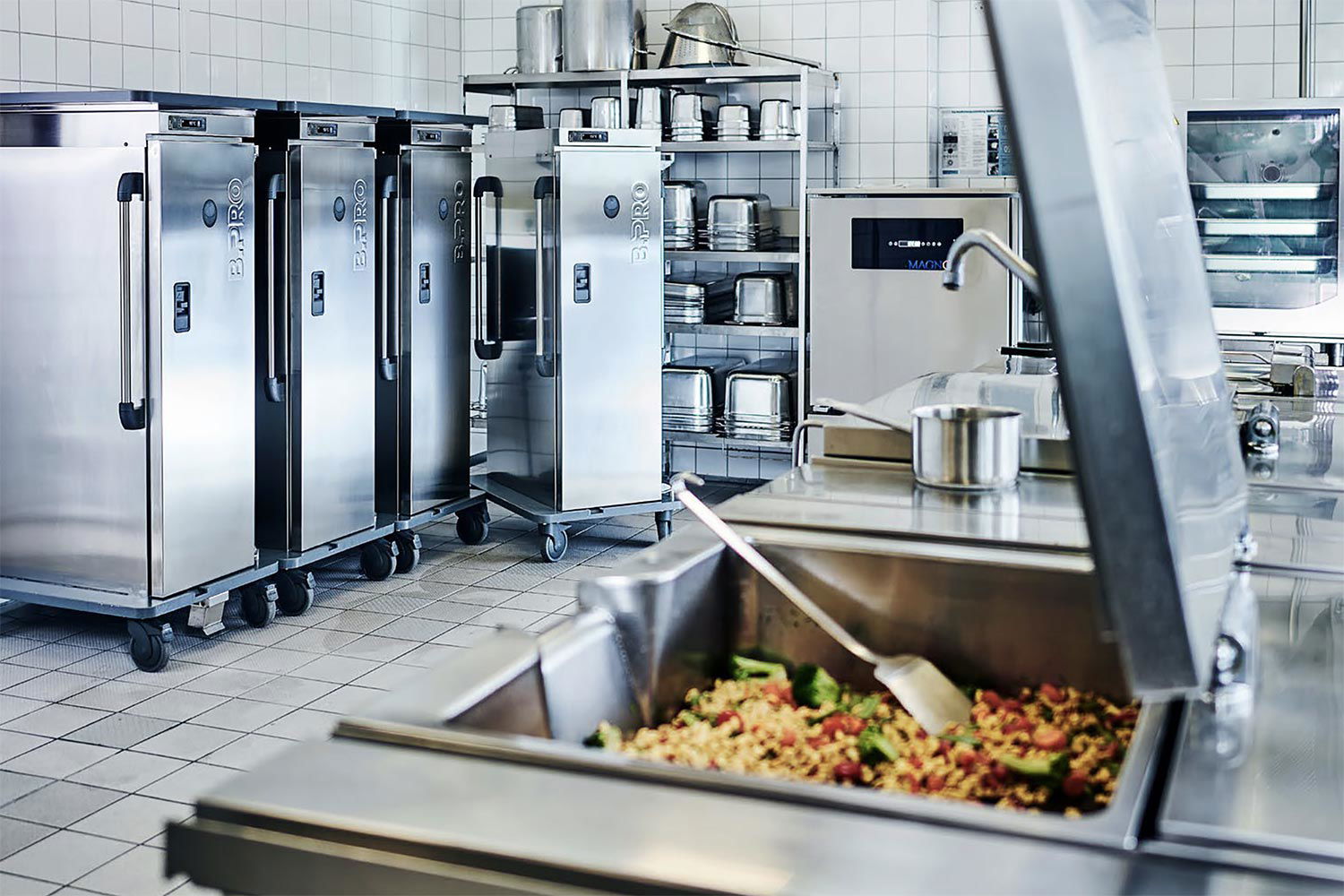In recent years, the food service industry has witnessed a significant transformation with the integration of robotics and automation into commercial kitchens. These technological advancements have promised improved efficiency, precision, and speed in various kitchen operations. In this blog post, we’ll explore the pros and cons of incorporating robotics and automation in commercial kitchens from a business perspective.
Pros:
1. Enhanced Efficiency and Productivity:
Robots can perform repetitive and time-consuming tasks with unparalleled speed and accuracy. From food preparation to dishwashing, automation ensures a streamlined workflow and faster output. This increased efficiency allows staff to focus on more intricate tasks that require a human touch.
2. Consistency and Quality:
Robotic systems follow programmed instructions precisely, resulting in consistent food quality and presentation. This is particularly important in fast-food chains and franchises, where customers expect a uniform dining experience across different locations. Automation minimises variations in the final product.
3. Labour Cost Savings:
While the initial investment in robotics and automation can be substantial, the long-term cost savings in labour can be significant. Robots work tirelessly without breaks, reducing the need for a large workforce and resulting in reduced labour expenses over time.
4. Safety and Hygiene:
Automated machines adhere to strict safety and hygiene standards, reducing the risk of accidents and contamination. They can handle tasks like cutting, slicing, and handling hot surfaces, mitigating potential risks to human workers.
5. Customer Experience:
With robots handling routine tasks, human employees can focus more on customer service. This enhances the overall dining experience, as staff can interact with customers, provide recommendations, and attend to specific needs, improving customer satisfaction.
Cons:
1. High Initial Costs:
Implementing robotics and automation requires a substantial upfront investment. Small and medium-sized businesses may find it challenging to afford this technology, limiting its adoption primarily to larger enterprises.
2. Limited Adaptability:
Robots are typically designed for specific tasks and may not easily adapt to new menu items or changing kitchen layouts. Upgrading or reprogramming robots to accommodate changes can be costly and time-consuming.
3. Technical Issues and Maintenance:
Like any machinery, robots are susceptible to technical malfunctions, which can disrupt operations. Regular maintenance and skilled technicians are essential to keep the automation running smoothly, adding to ongoing costs.
4. Loss of Human Touch:
Automation can lead to a loss of the human touch in food preparation and service. Many customers value the personal interaction and attention to detail that human chefs and staff provide, and excessive automation might detract from that experience.
5. Dependency on Technology:
In the event of a technological breakdown or power outage, a kitchen heavily reliant on automation can experience a complete halt in operations, leading to potential revenue loss and customer dissatisfaction.
Conclusion:
Robotics and automation undoubtedly offer a promising future for commercial kitchens, bringing increased efficiency, consistent quality, and cost savings. However, careful consideration of the associated costs, adaptability, and potential loss of the human element is crucial. Finding the right balance and leveraging these technologies judiciously can lead to a successful integration that maximises productivity and enhances the dining experience. As the landscape continues to evolve, it will be interesting to see how the industry optimises and embraces this technological wave for the benefit of all stakeholders. Check out Regethermic’s range of commercial food processing equipment.
Robotics and Automation in Commercial Kitchens: Balancing Efficiency and Challenges

